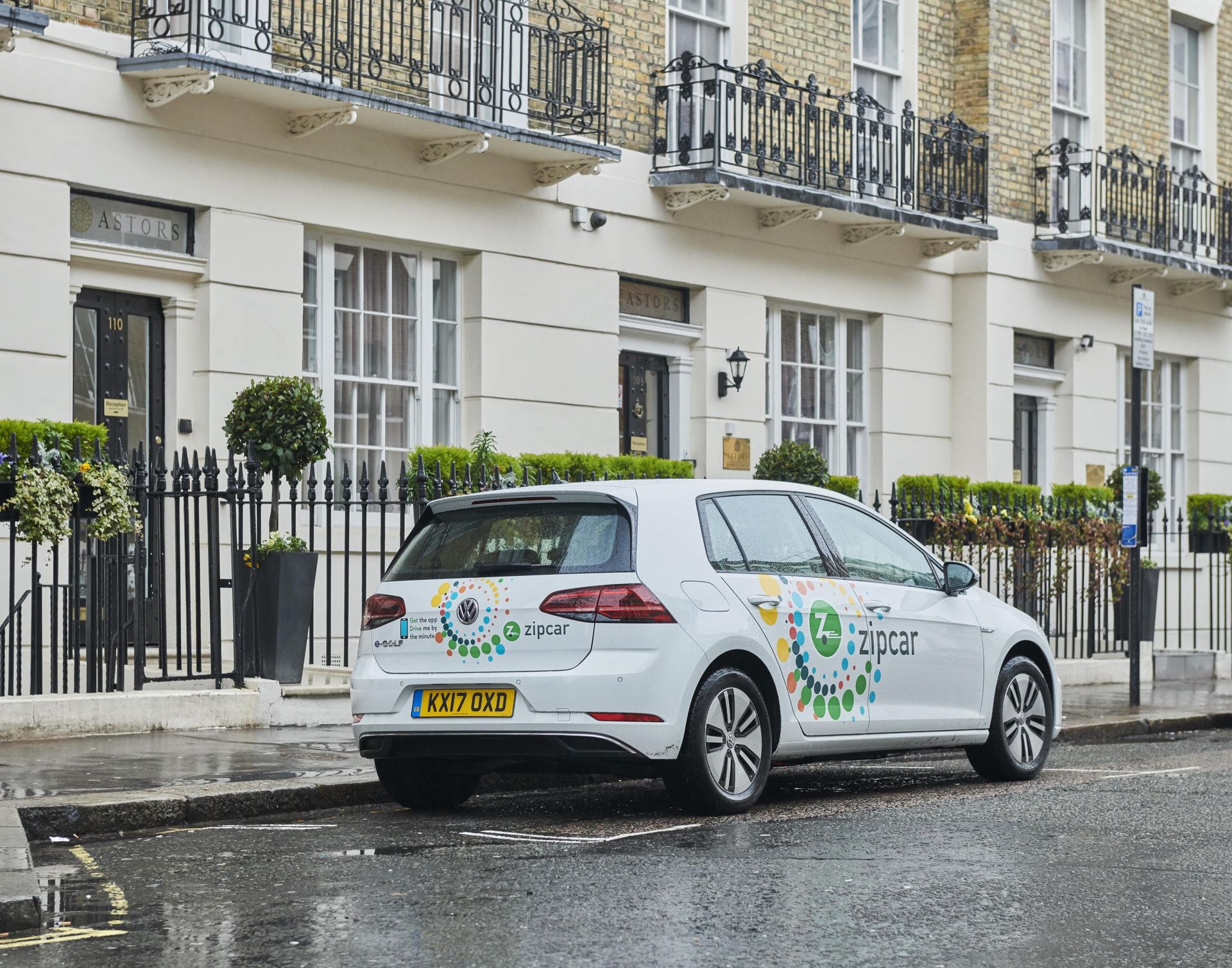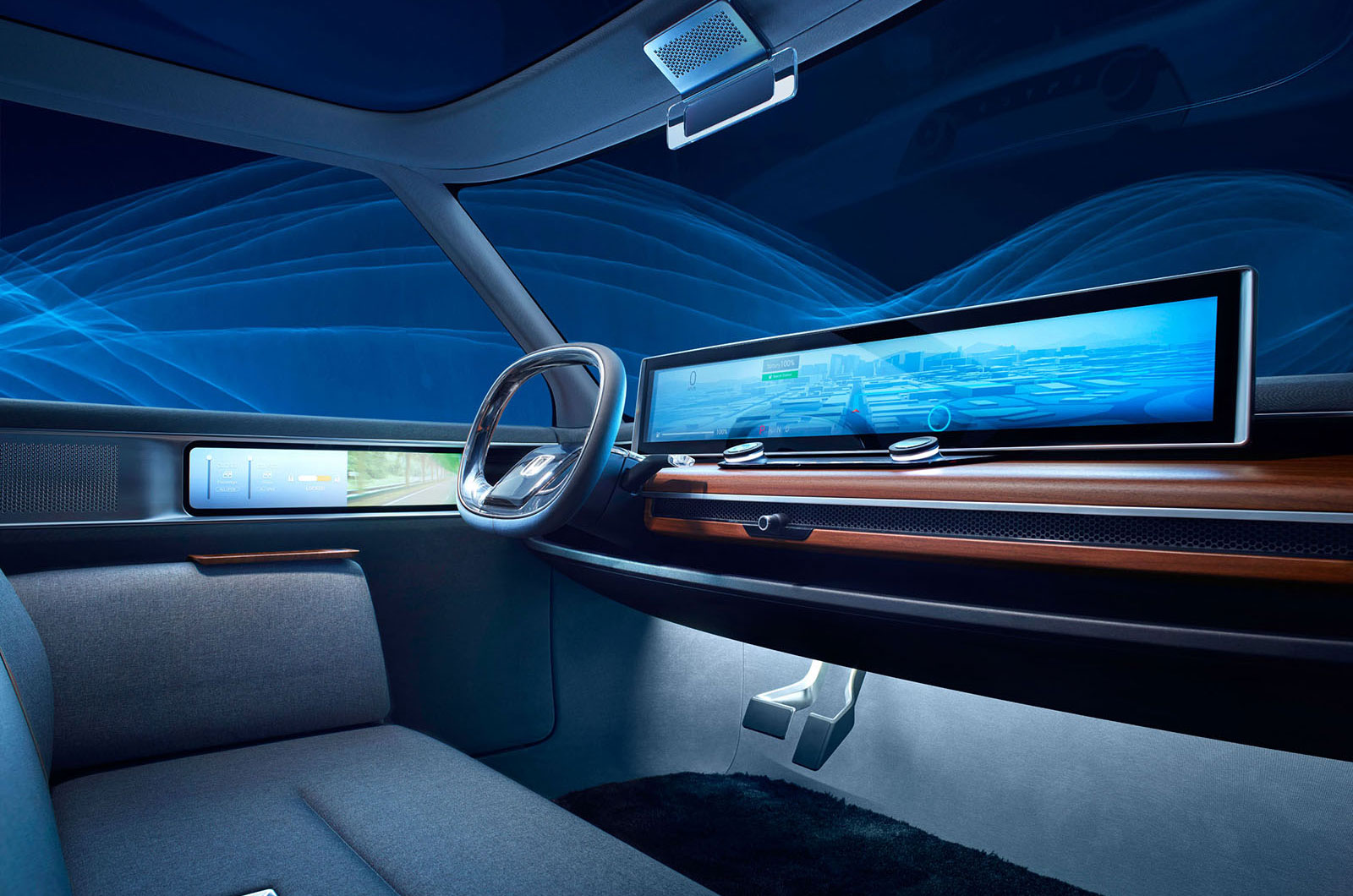ZF now offers the broadest range of hybrid and all-electric drive solutions for almost every vehicle segment
ZF supplies electric drives for all vehicle types, ranging from bicycles to 40-ton trucks
The product portfolio ranges from hybrid solutions to all-electric drives.
Integrated E-system solutions, including electronics and peripheral systems.
Friedrichshafen, Germany, 09-Nov-2018 — /EuropaWire/ — ZF is constantly advancing vehicle electrification and has meanwhile come to be known as the world champion of variation with its many integrated system solutions. In fact, ZF now offers the broadest range of hybrid and all-electric drive solutions for almost every vehicle segment. As one of the early e-mobility pioneers, ZF knows what it takes to convert electricity into efficient and dynamic vehicle propulsion.
In 2008, ZF was the first company in Europe to volume-produce hybrid modules – a technology that reduces CO2 emissions by up to 70 percent compared to vehicles with combustion engines. In the meantime, many manufacturers are now producing a variety of car models equipped with the 8-speed plug-in hybrid transmission (8P) that features a longitudinally-mounted drive. A hybrid module that fits into almost any installation space is integrated in the automatic transmission and helps generate 90 kW and 250 Nm torque. It allows hybrid vehicles to accelerate on all-electric power up to 120 km/h maximum speed and – depending on battery capacity – travel a good 50 km. The separating clutch with low drag loss contributes to efficiency by completely decoupling the combustion engine in E-mode. Thanks to its optimized torsional damper, the 8P harmonizes also with downsizing three-cylinder turbo engines.
The 8-speed dual clutch transmission (8DT) shifts more dynamically as it is designed specifically for sports cars with longitudinal or all-wheel drives. ZF is working with Porsche to develop it as an optional plug-in hybrid system that supplies, all electrically, 100 kW and 400 Nm, thus enabling it to reach speeds of 140 km/h without a combustion engine. Torsional damper, separating clutch including actuators and electric motor are housed directly in the clutch bell housing in the 8DT. The all-wheel distributor system is also integrated into the AWD version of the hybrid transmission. It transfers torque to the front axle as needed.
Hybrid for compact and commercial vehicles
The electric axle drive system from ZF, on the other hand, does not impact the transmission, rather is positioned directly in the middle on the axle. Following the “Plug-and-Drive” principle, it brings together decisive system components in a compact module, including an electric motor, a two-stage single-speed spur gear drive along with differential, parking lock, the housing, the cooling unit as well as the power electronics and control software. Integrating the transmission, electric motor and power electronics into one system represents a key competence that ZF can offer its customers as a single-source supplier. In the process, the electric axle drive generates up to 150 kW and 3,500 Newton meters of axle torque. Installed in the vehicle rear, in the ZF “mSTARS” modular rear axle system (stands for “modular Semi-Trailing Arm Rear Suspension”), for example, it transforms the combustion-engine powered passenger car with front-wheel drive into an axle hybrid and electric all-wheel vehicle. In the ZF “eAMT” concept (stands for “electrified Automated Manual Transmission“), it also compensates for any propulsion breaks that occur when shifting gears with an automated manual transmission. The result is a smooth, punchy acceleration that was so far only able to be achieved with considerably more complex hybrid configurations.
Commercial vehicles are also benefiting from electrification thanks to ZF. The TraXon Hybrid automated transmission system, for example, makes 40-ton trucks and coaches up to seven percent more economical. An electric motor with an integrated transmission ratio – positioned between the combustion engine and transmission – supports a maximum 130 kW and 1,200 Nm output torque. While the TraXon Hybrid works on long-distance travel parallel to the diesel drive, it can also function in the city center as well as when maneuvering around bus depots as a quiet stand-alone zero local emissions drive. In generator mode, the hybrid module can supply power to other power units, for example, during refrigerated transports. ZF will begin supplying the TraXon Hybrid to DAF as early as 2019. The hybrid systems described here combine not only the all-electric operating mode, they also support other essential hybrid functions like recuperation, boosting and start-stop.
100-percent electric
ZF is set up just as broadly and systematically for all-electric drives as it is for hybrids. ZF intends to cover the mini-vehicle sector through a joint venture with Sachs Micro Mobility GmbH. Its compact motor, the Sachs RS for pedal-assisted bikes and e-bikes, for example, can be flexibly integrated into different frame shapes. It features 700 Watt and 110 Nm to deliver a powerful tailwind. Even at a low cadence of 60 pedal strokes per minute, it generates a high torque – and can so long-term thanks to intelligent cooling. If the e-motor is not used, two one-way clutches ensure that it generates no resistance.
At the other end of the speed spectrum – in the Formula E motorsports race series – ZF will supply, for the 2018/19 season, the complete drive system for the Venturi team’s fast race car, which reaches up to 280 km/h. It covers the powerful 200 kW electric motor (power limited by regulations) including power electronics, a new race differential as well as a very efficiently toothed motorsport transmission mounted in bearings. Lastly, based for the first time on a one-speed concept, it is 40% lighter than the transmission from last season. The entire system is the first electric axle drive from ZF that was developed purely for use in motorsports.
Full electric range in the rear
The above-described electric axle drive module featuring a maximum 150 kW and 3,500 Nm axle torque will go into volume production for a European automobile manufacturer in 2019. The system is ideal as an all-electric drive for battery-powered, fuel-cell or hybrid electric vehicles. The drive can be used for both the front as well as for the rear axle. It has already proven itself in the field, for example, in the ZF Vision Zero Vehicle as well as in the forward-looking shuttle e.GO Mover, which will go into volume production in 2019.
ZF’s Advanced Urban Vehicle is yet another example of an all-electric drive for small cars. Its propulsion is powered by the electric Twist Beam (eTB), a twist beam rear axle on whose right and left wheels a compact drive unit is integrated, each one generating 40 kW. In the Advanced Urban Vehicle, the eTB plays a major role in enabling the extreme front axle steering angle of up to 75 degrees to be achieved. The drive then supports the steering movement and allows the vehicle to set off by means of individual power distribution on both rear wheels (torque vectoring).
Clean options for urban transport
In case of the AxTrax AVE electric portal axle, which has already been proven multiple times over and is in volume production for low-floor city buses, ZF relies on the concept of the integrated close-to-the-wheel drive. Both liquid-cooled asynchronous motors deliver 2 x 125 kW and 2 x 11,000 Nm that help it master very challenging urban topologies. For the best-possible efficiency and high electric ranges, ZF is offering the AxTrax AVE in a networked system featuring fully integrated inverters and drive control. The electric portal axle covers series hybrids as well as all-electric drives, whether powered by battery, fuel cell or overhead contact line.
In addition, ZF is offering the CeTrax electric central drive for low-floor and high-floor buses. Generating up to 300 kW and 4,400 Nm, it is designed for challenging applications. Moreover, it is impressive due to its weight and efficiency. Thanks to the “Plug-and-Drive” approach, the CeTrax can be integrated into existing vehicle platforms without having to make major modifications to the chassis, axles, statics or differentials. Electricity-driven versions of originally combustion-engine powered bus platforms can be converted with relative ease. The drive control and inverter are also included in the scope of delivery so that the manufacturer gets an optimally coordinated complete system regarding performance, efficiency and service life.
CeTrax lite is the more compact system variant for vans and light commercial vehicles up to 7.5 tons. Considering it generates 150 kW and 380 Nm, it only weighs 120 kg, including a single-speed transmission ratio. For vehicles up to 19 tons, CeTrax mid is available: its two electric asynchronous traction motors installed in parallel positions supply 300 kW and 760 Nm that a two-stage powershift transmission transmits.
E-traction from the trailer
In off-highway applications, ZF has scored major points in farm and construction machines with its electric eTRAC wheel head. This system consists of a liquid-cooled 3-stage asynchronous motor with high power density, a downstream, two-stage transmission and integrated brakes – electrically driven axle systems for trailers or electrically driven jockey wheels for different attachments are possible applications. The distribution of the drive power to additional wheels has diverse advantages: A controlled traction support, for instance, makes working under difficult conditions easier, enlarging the time available for cultivation even under adverse weather conditions or with sodden soil. Furthermore, the tractor needs less tractive force thanks to the electric traction drive – as a consequence, either more powerful attachments can be moved (thus increasing productivity) or the tractor trucks size can be reduc..

